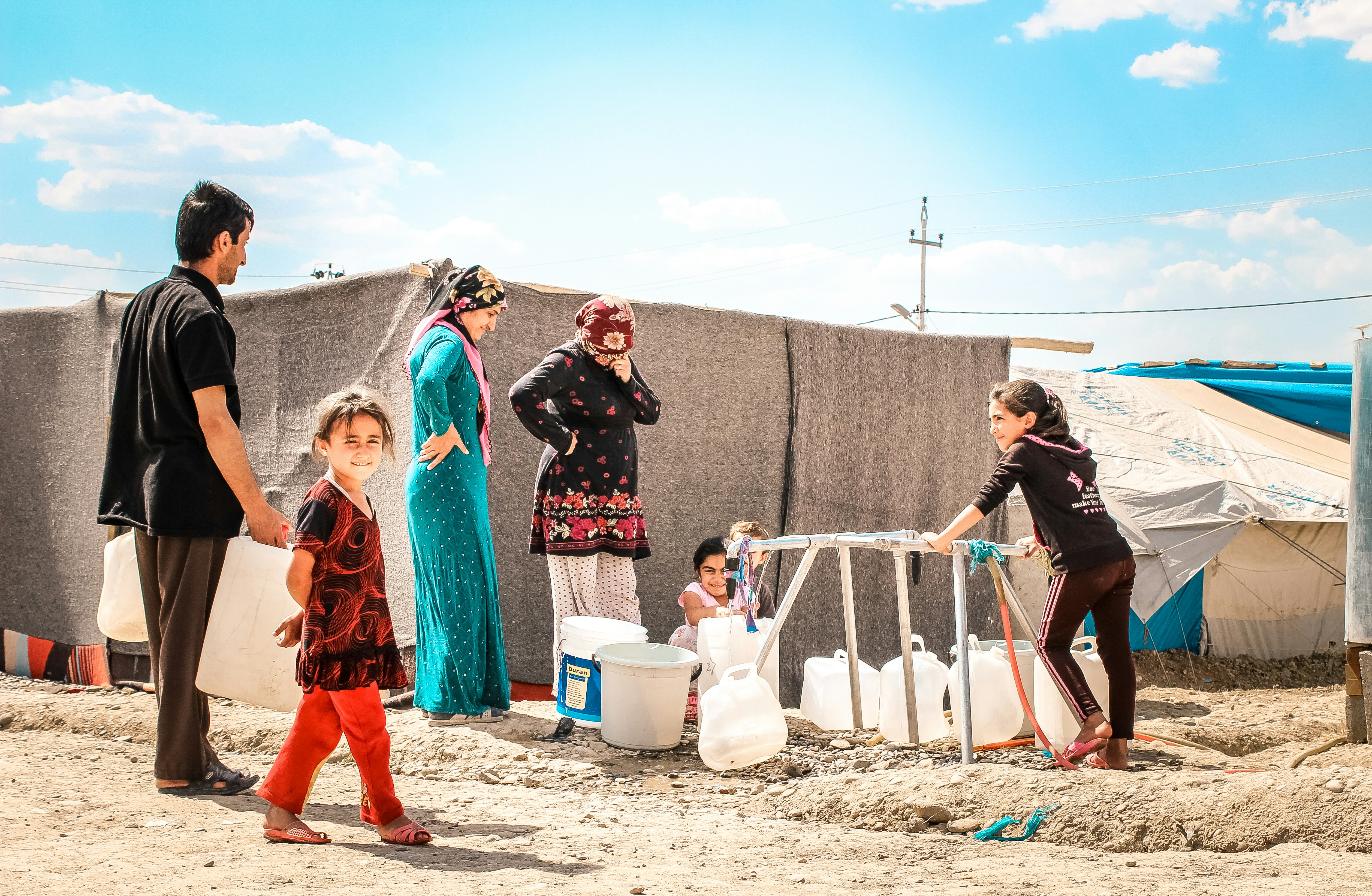Singapore’s Weather and Climate Trends: A Closer Look

Singapore’s Weather and Climate Trends: A Closer Look
By Fasaic Flensburg
Published: September 27, 2023
Singapore – Nestled comfortably close to the equator in Southeast Asia, Singapore is renowned for its tropical climate. The Lion City boasts a unique blend of consistent warmth, high humidity, and occasional rain showers throughout the year. Understanding Singapore’s weather patterns and climate trends is crucial for residents and travelers alike. In this article, we delve into the intricacies of Singapore’s climate, exploring both its predictable patterns and the impact of global climate change.
Tropical Monsoon Climate
Singapore predominantly experiences a tropical rainforest climate, characterized by high temperatures and heavy rainfall. There are two distinct monsoon seasons that shape the island’s weather patterns:
Northeast Monsoon (December to March): During this period, the prevailing winds come from the northeast, bringing drier and cooler air from the Asian continent. This results in relatively lower humidity levels and more pleasant temperatures, with daily highs averaging around 30°C (86°F).
Southwest Monsoon (June to September): In contrast, the southwest monsoon season is marked by warm and humid conditions, with wind patterns originating from the Indian Ocean. This period sees higher rainfall, occasionally leading to intense downpours and thunderstorms.
Intermonsoon Seasons
Singapore also experiences two intermonsoon seasons:
First Intermonsoon (April to May): During this time, the winds are relatively weak, and the weather can be unpredictable. Short, heavy showers are common, and humidity levels begin to rise.
Second Intermonsoon (October to November): This season is transitional, as the city-state transitions from the southwest to the northeast monsoon. Rainfall is still prevalent, but conditions gradually become less humid.
Climate Change Impact
The effects of global climate change are not lost on Singapore. Rising sea levels and increasing temperatures have raised concerns about the city’s future resilience. The Singapore government has undertaken several initiatives to combat these challenges, including:
Green Building Standards: Promoting sustainable architecture and green building designs to reduce energy consumption.
Public Transport Enhancement: Expanding the public transportation network and encouraging the use of eco-friendly modes of transport.
Water Management: Investing in advanced drainage systems and reservoirs to mitigate flooding during heavy rains.
Green Spaces: Increasing green spaces and urban parks to enhance urban cooling and combat the urban heat island effect.
Sustainability Targets: Setting ambitious goals to reduce carbon emissions and increase the adoption of renewable energy sources.
While Singapore is actively working to mitigate the effects of climate change, residents and visitors must remain aware of the city’s weather patterns and adapt accordingly.



